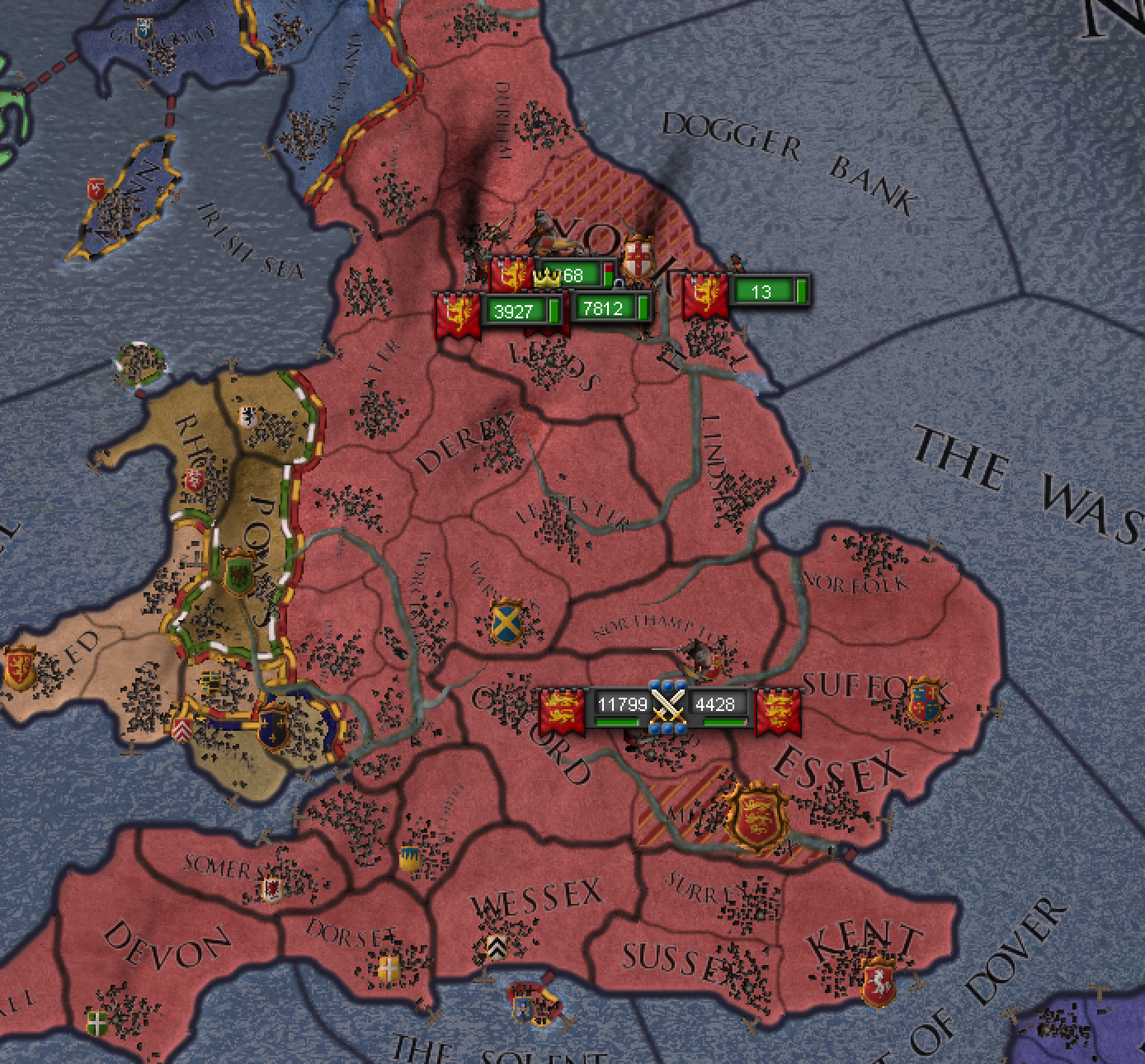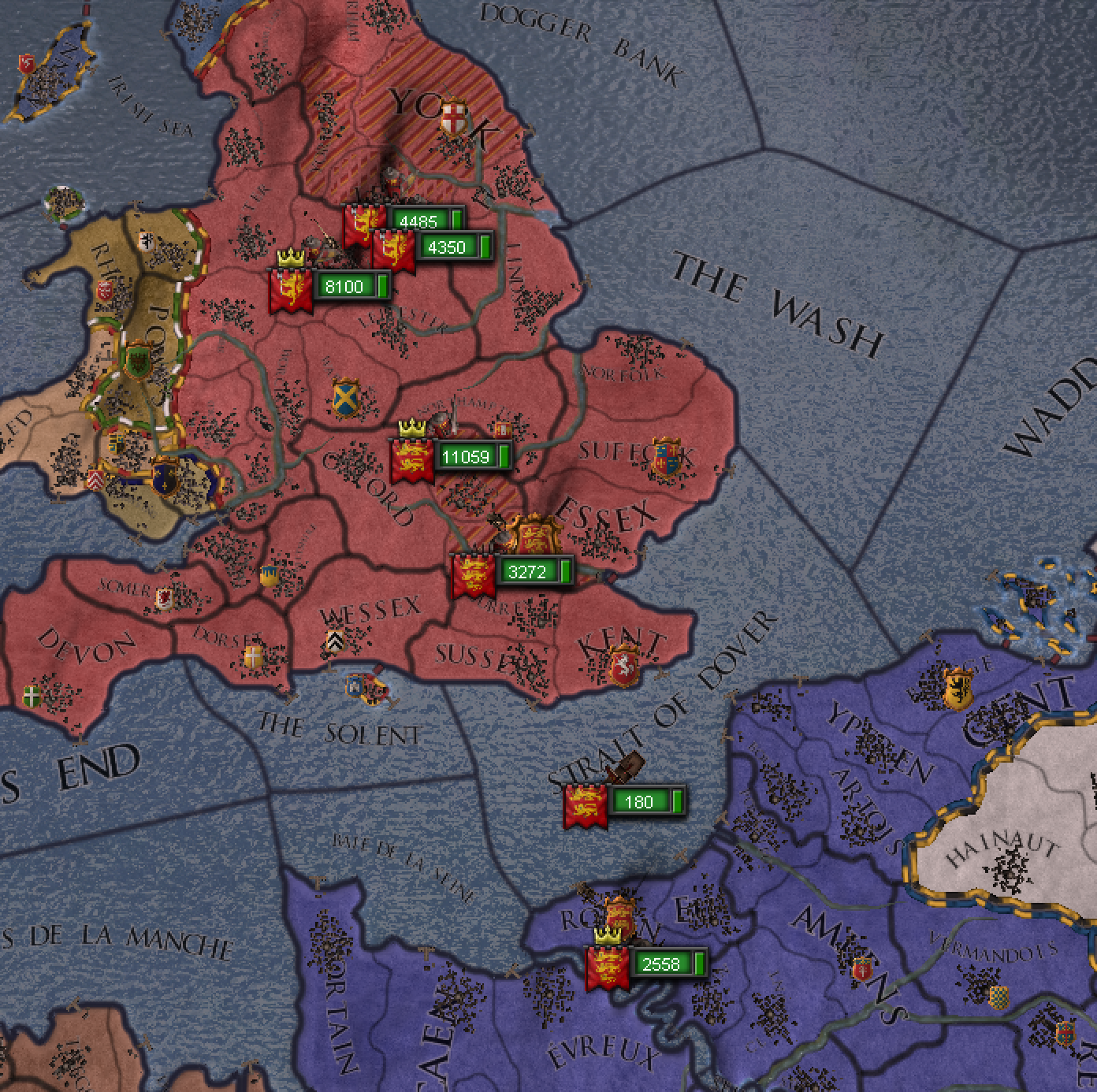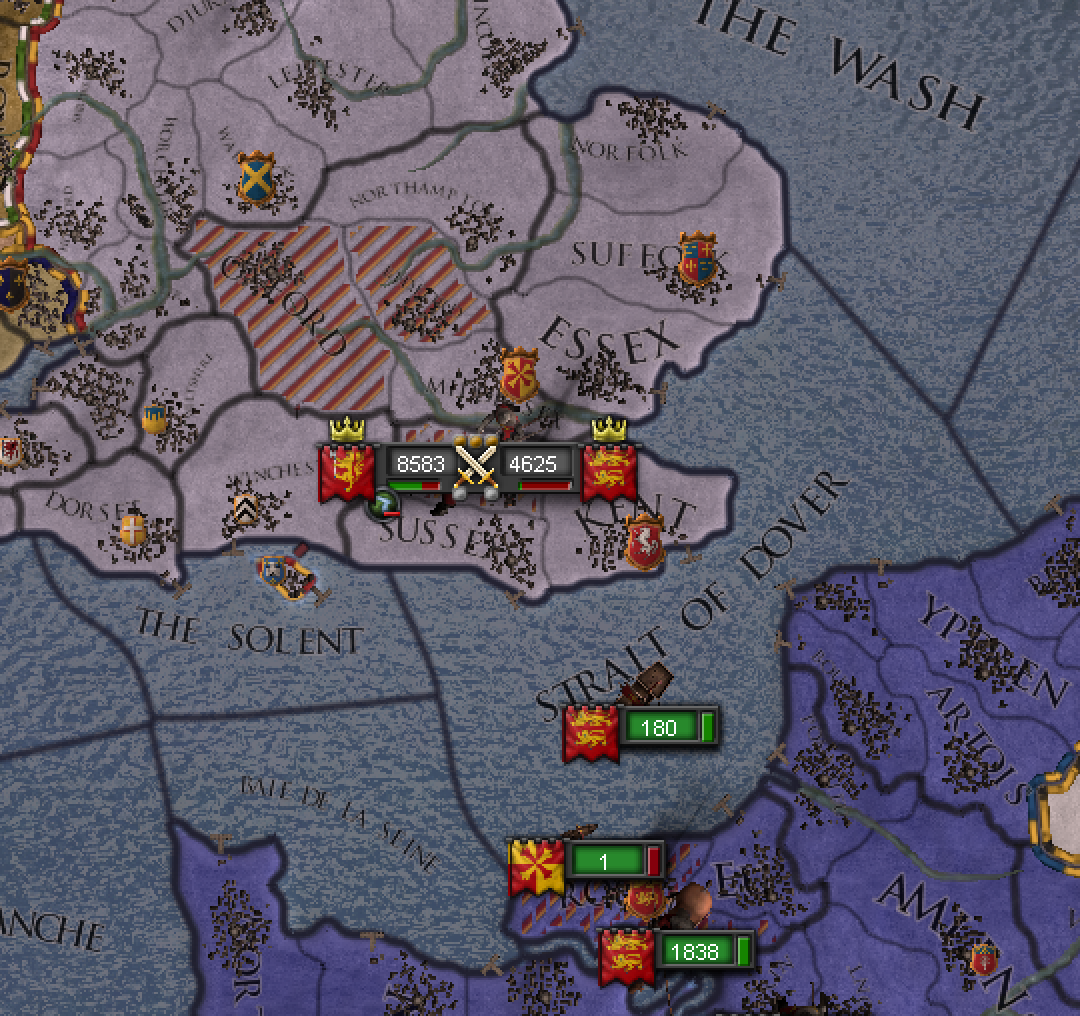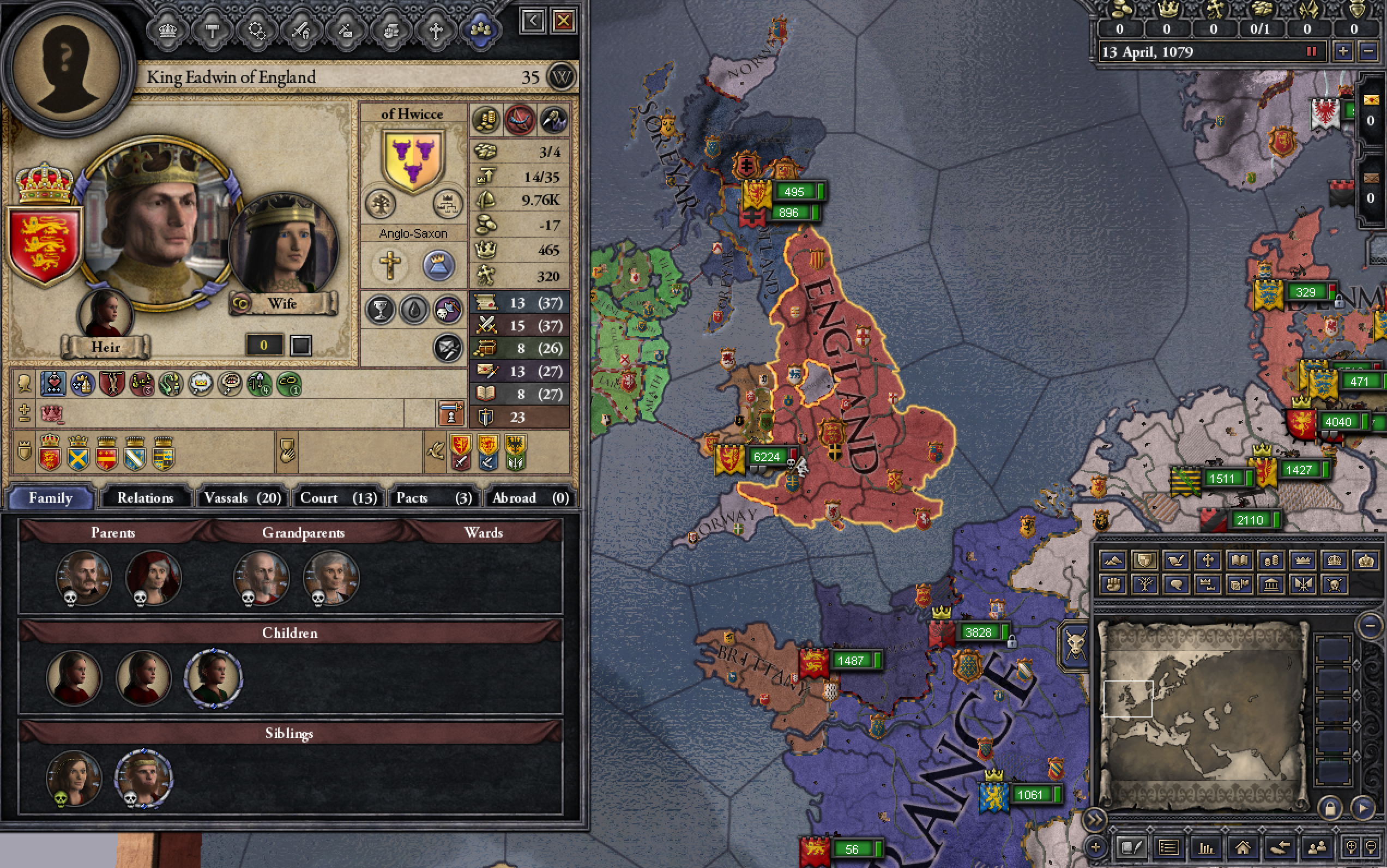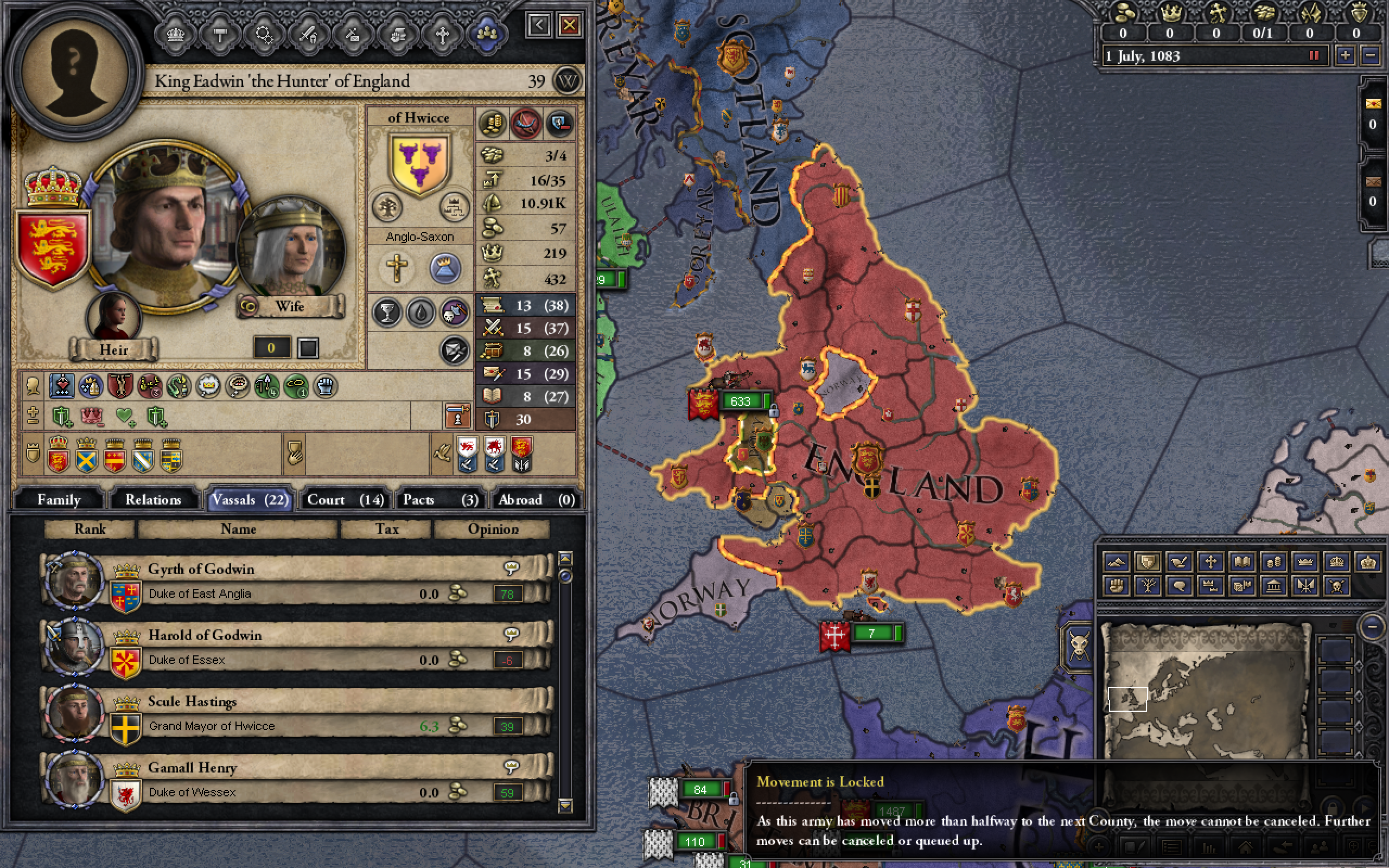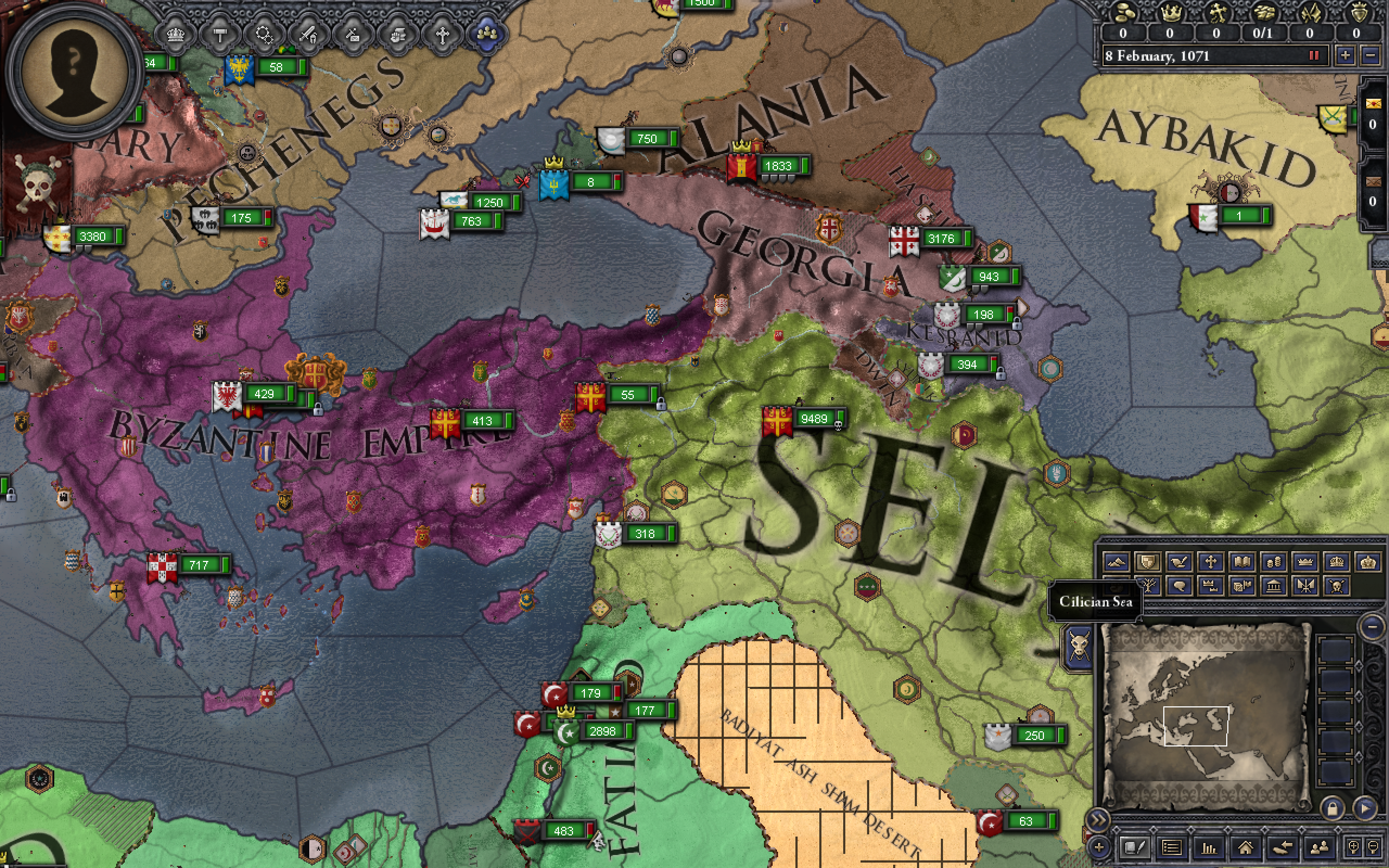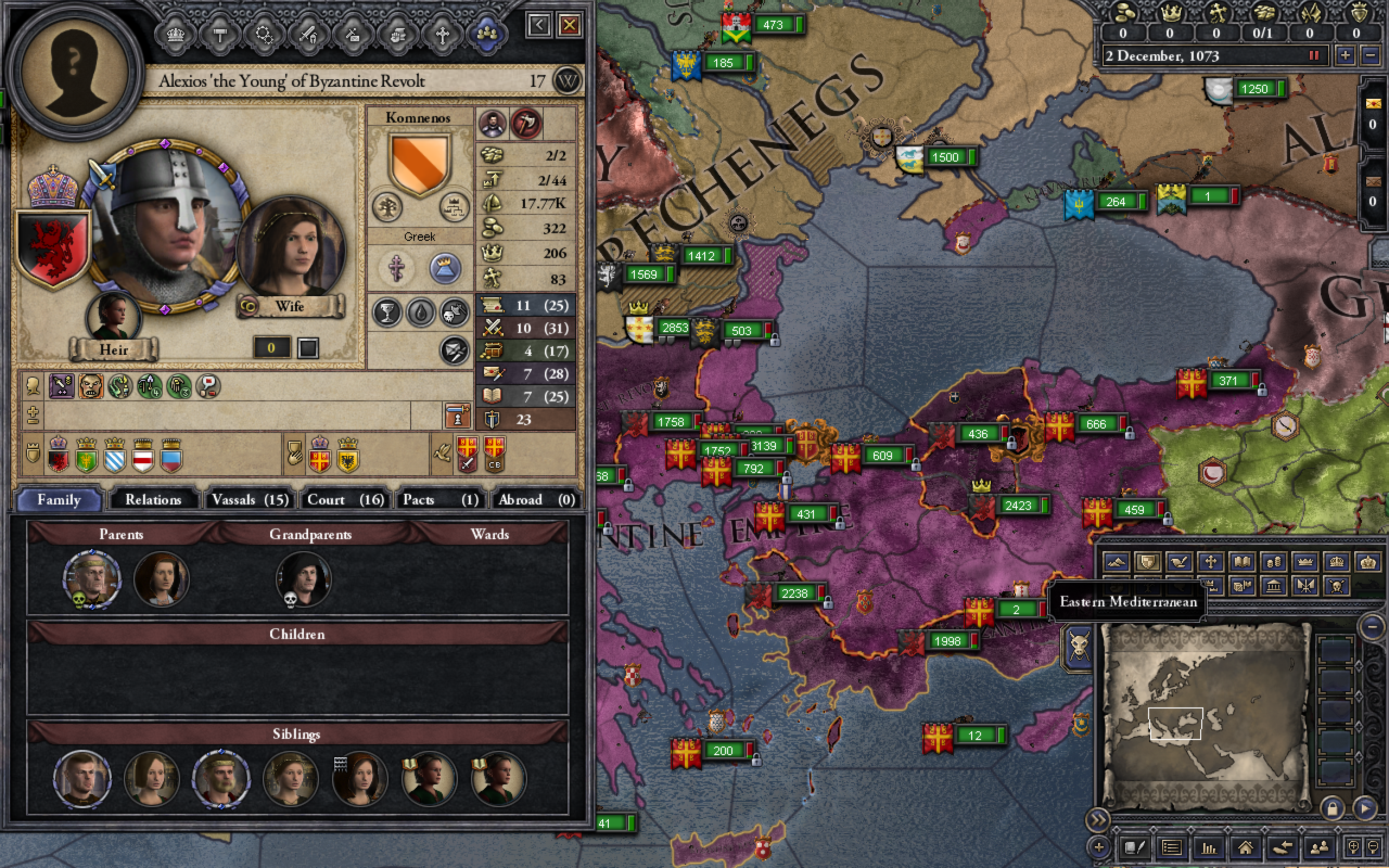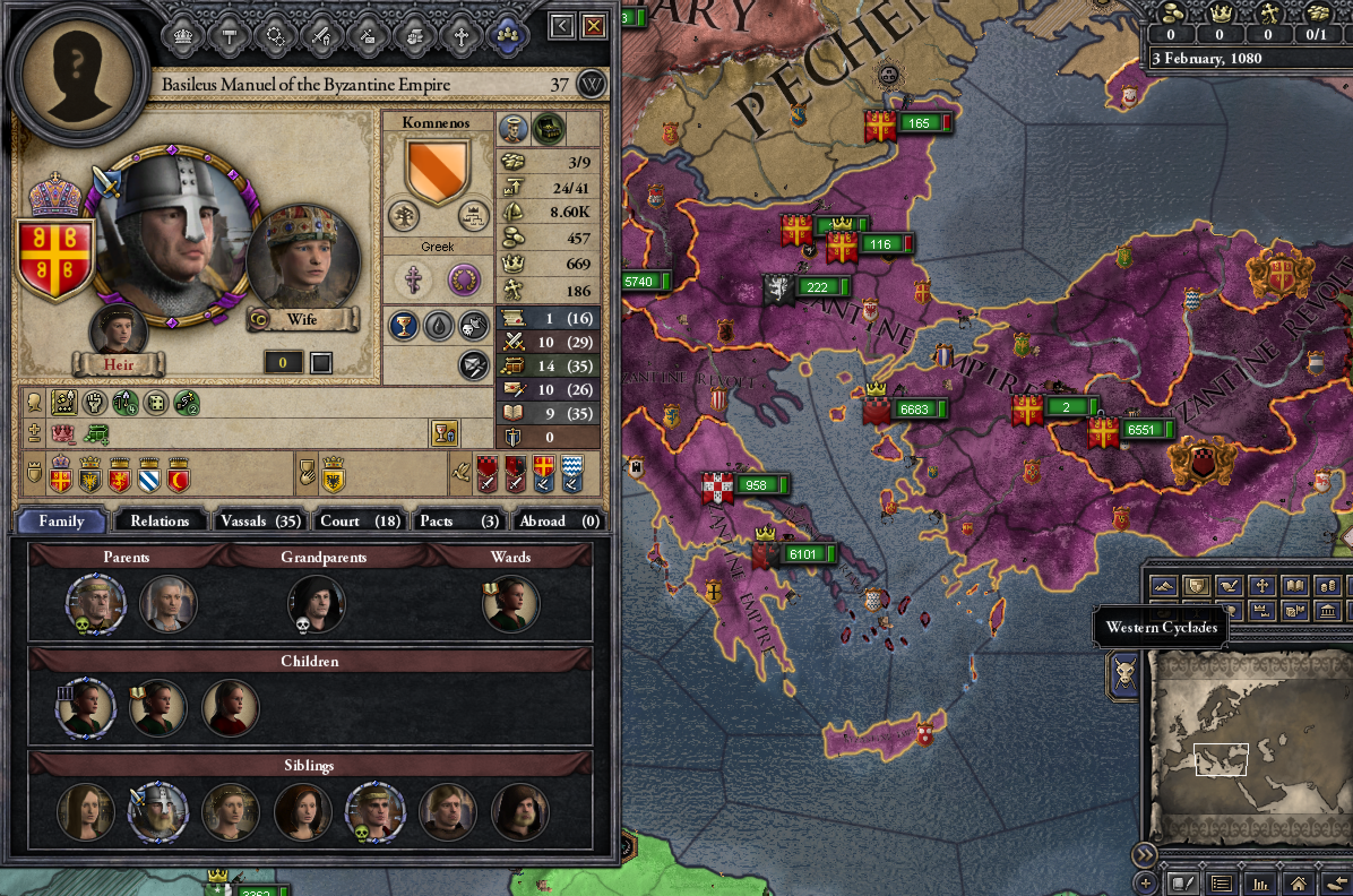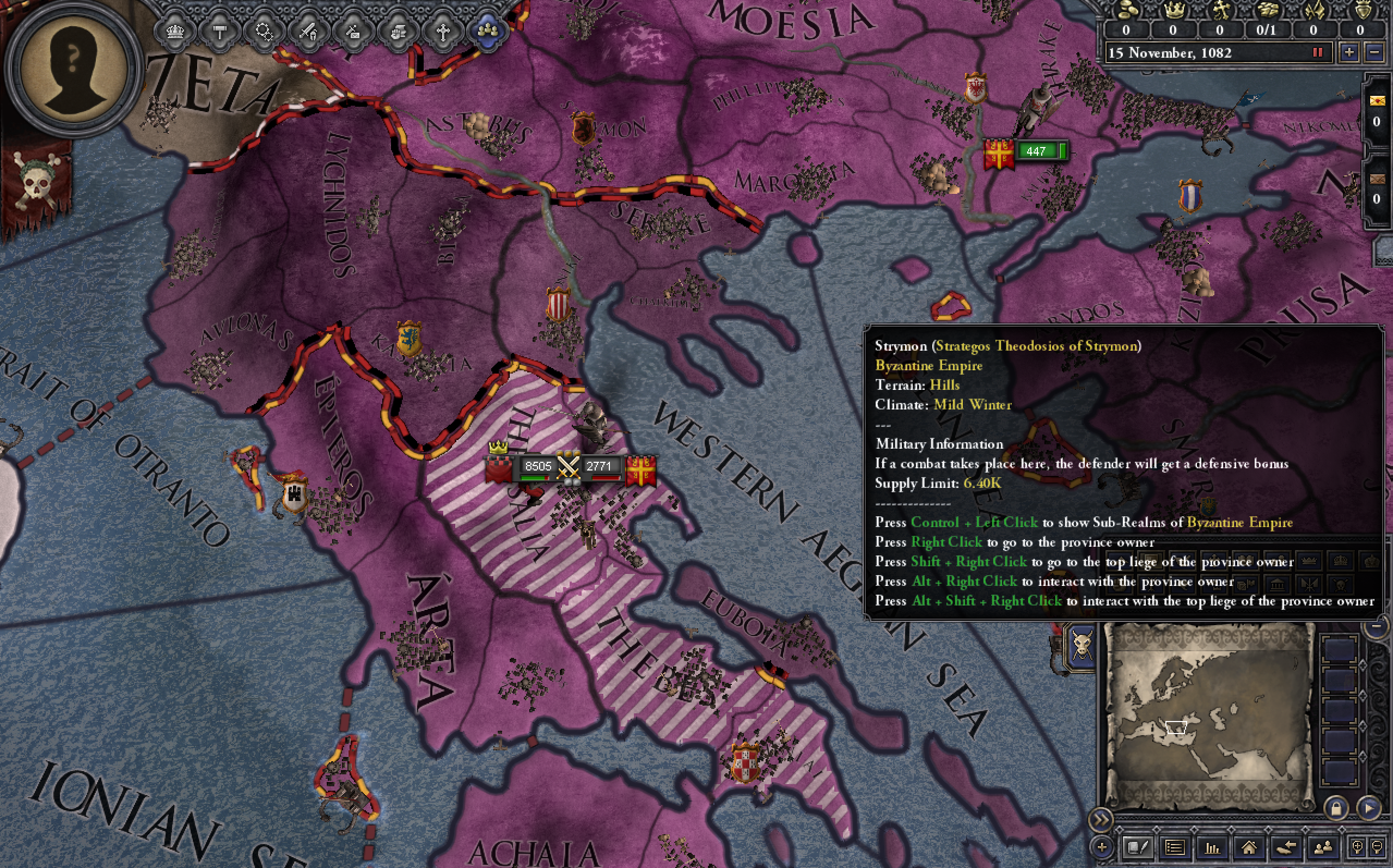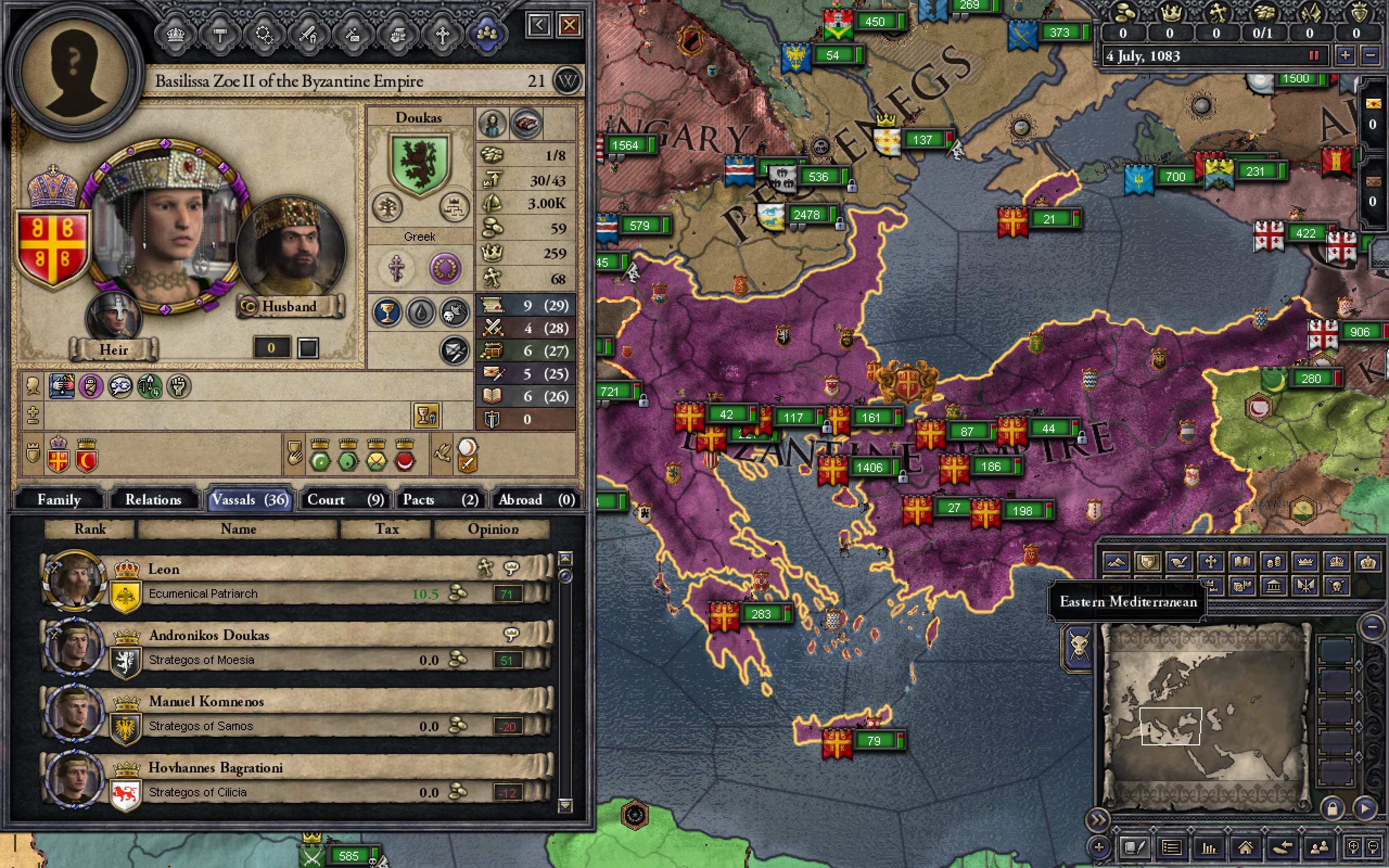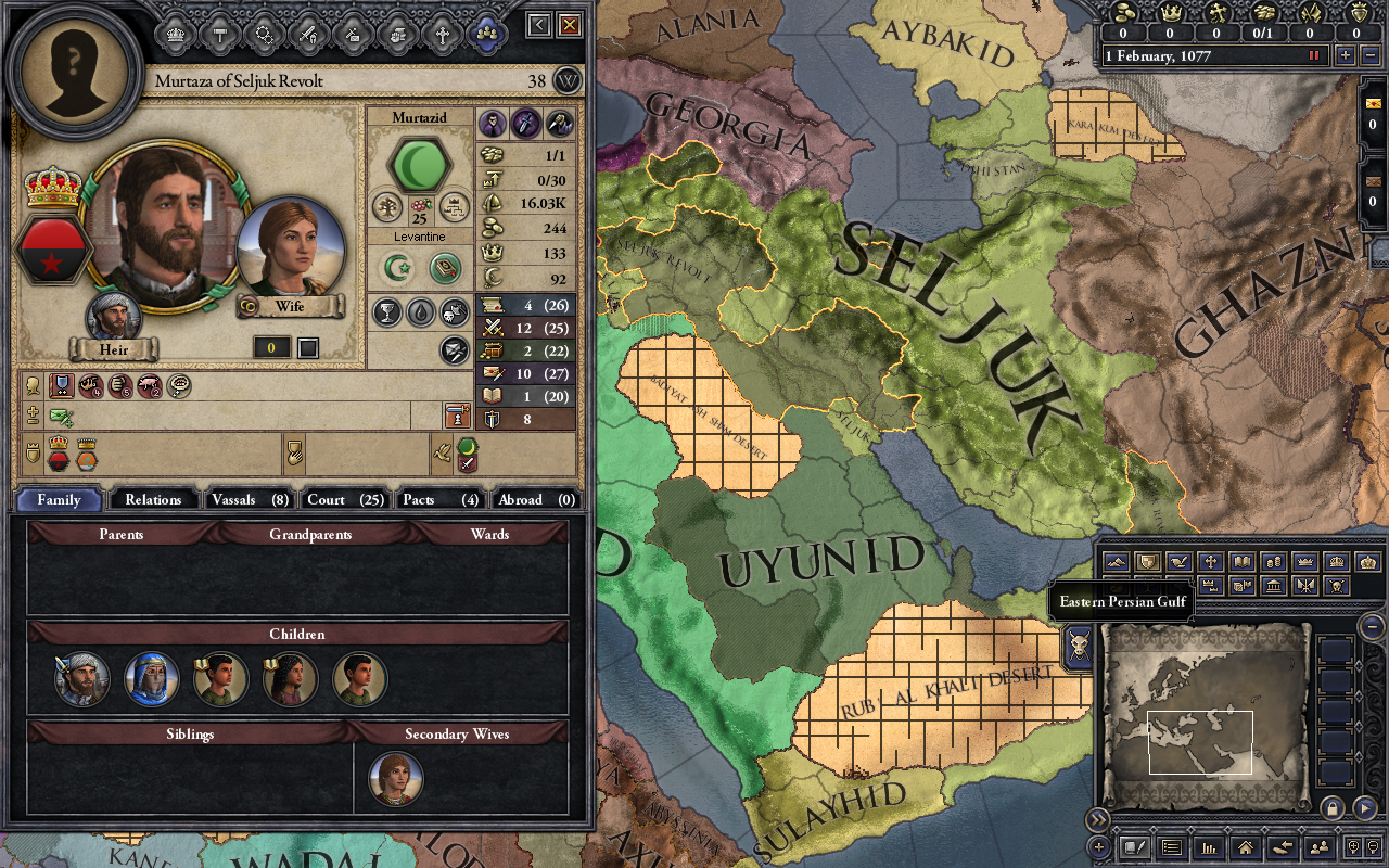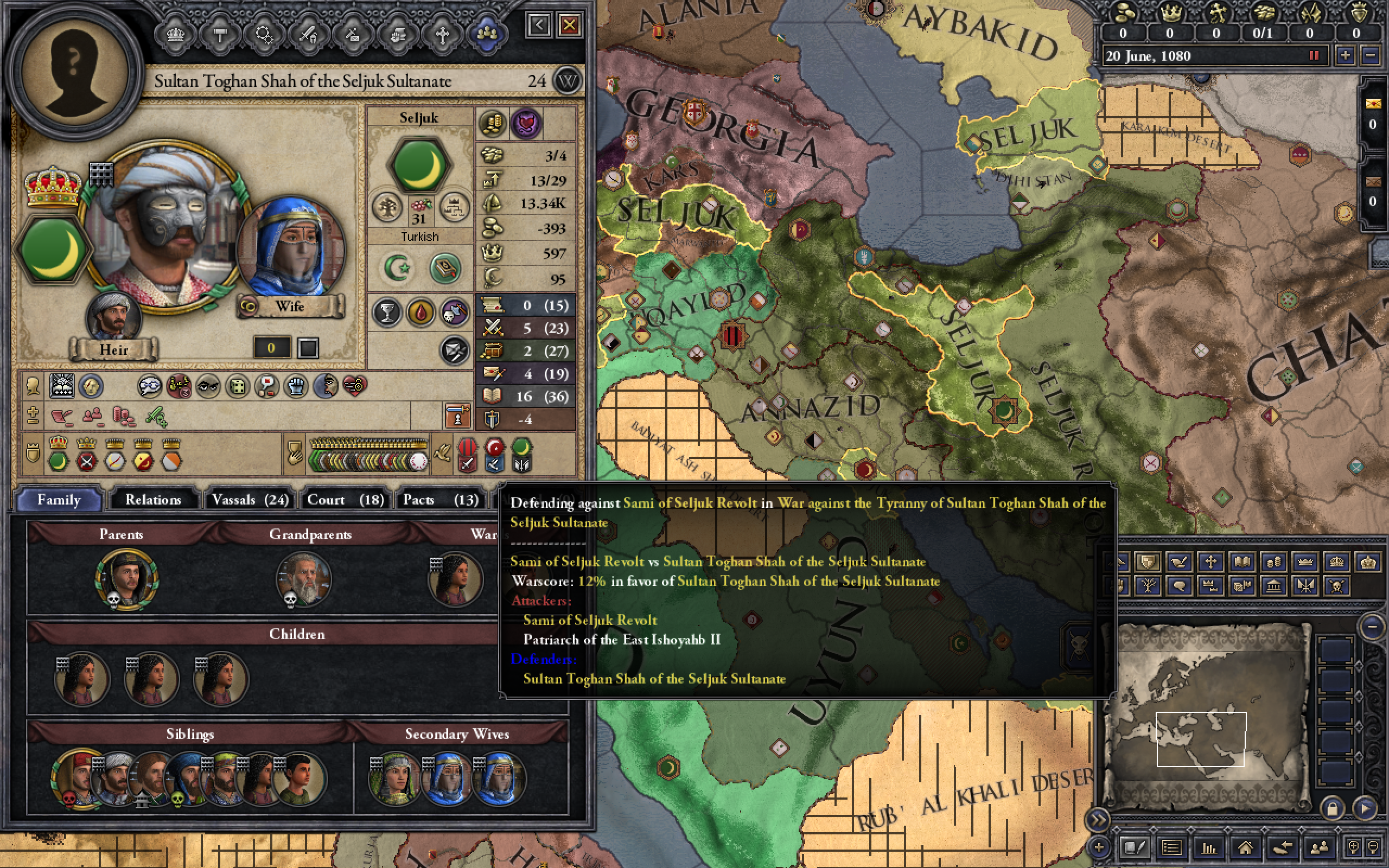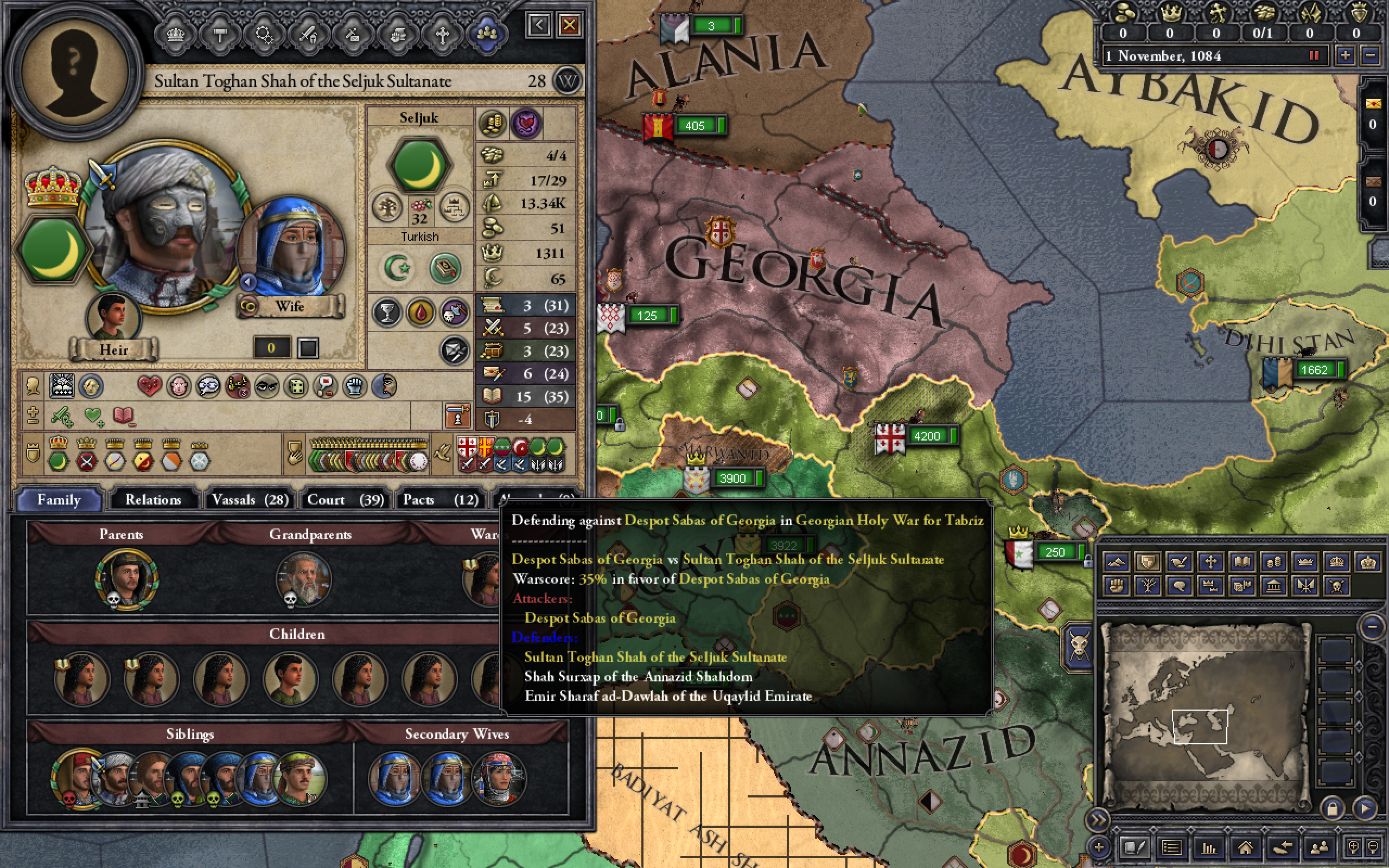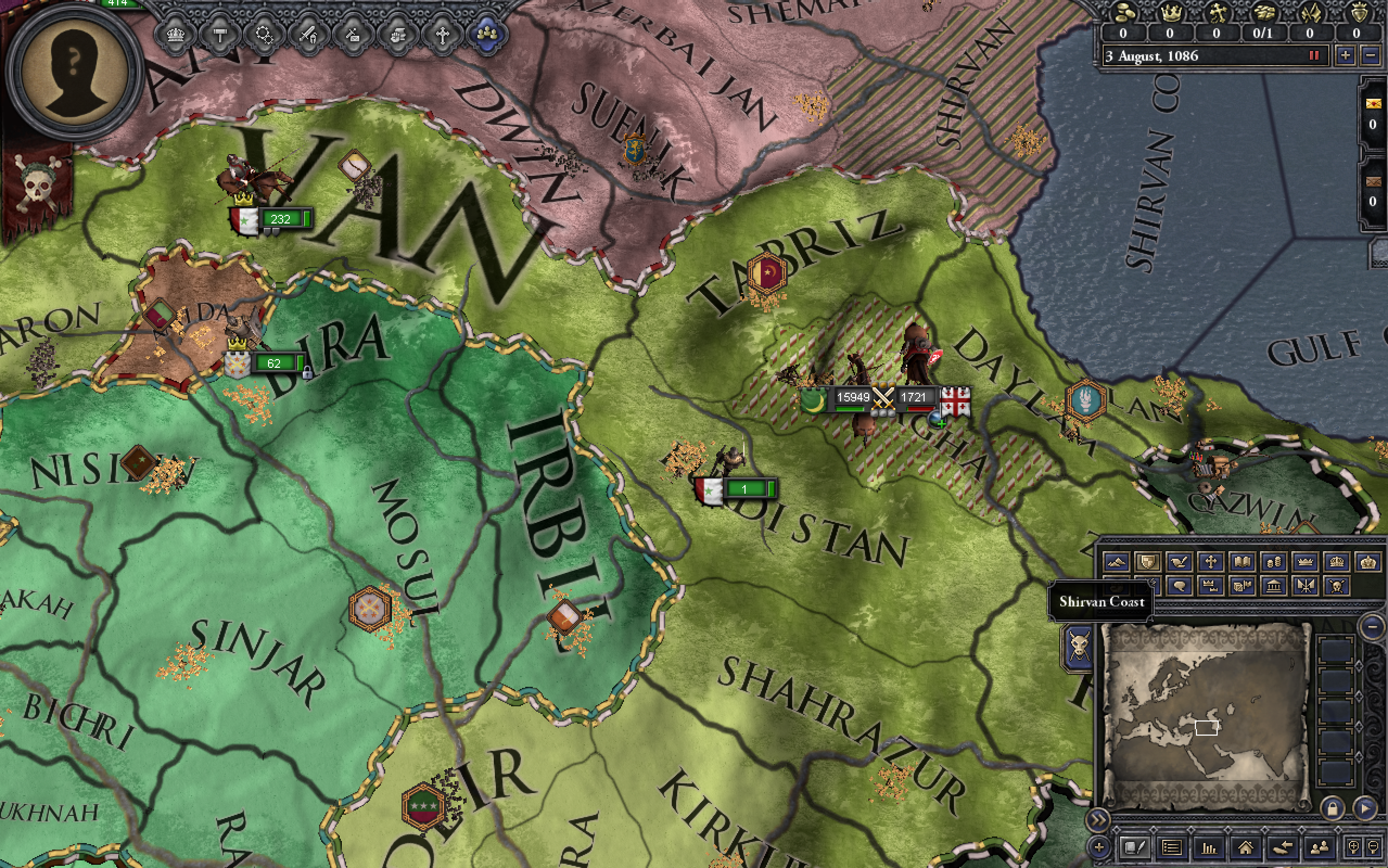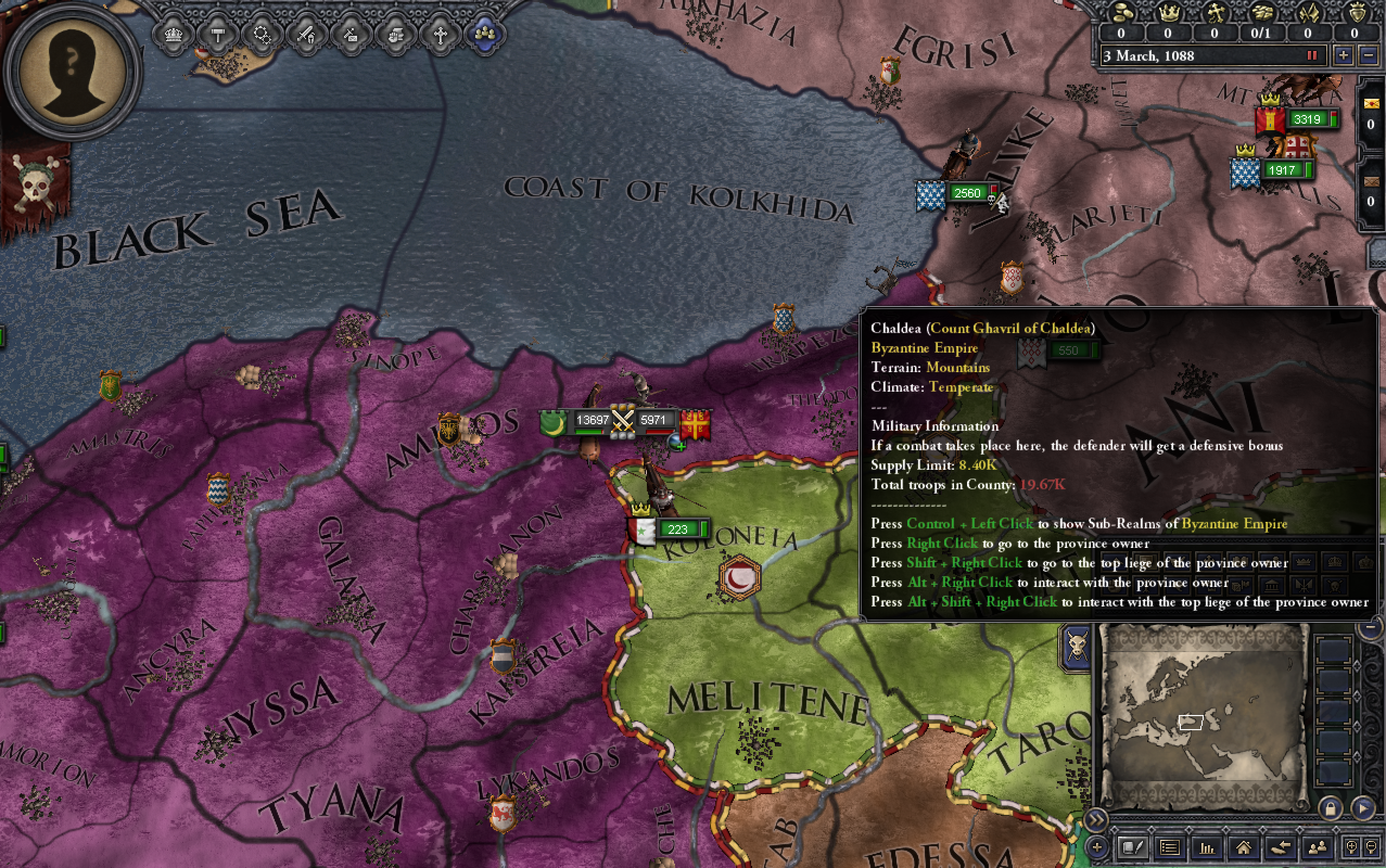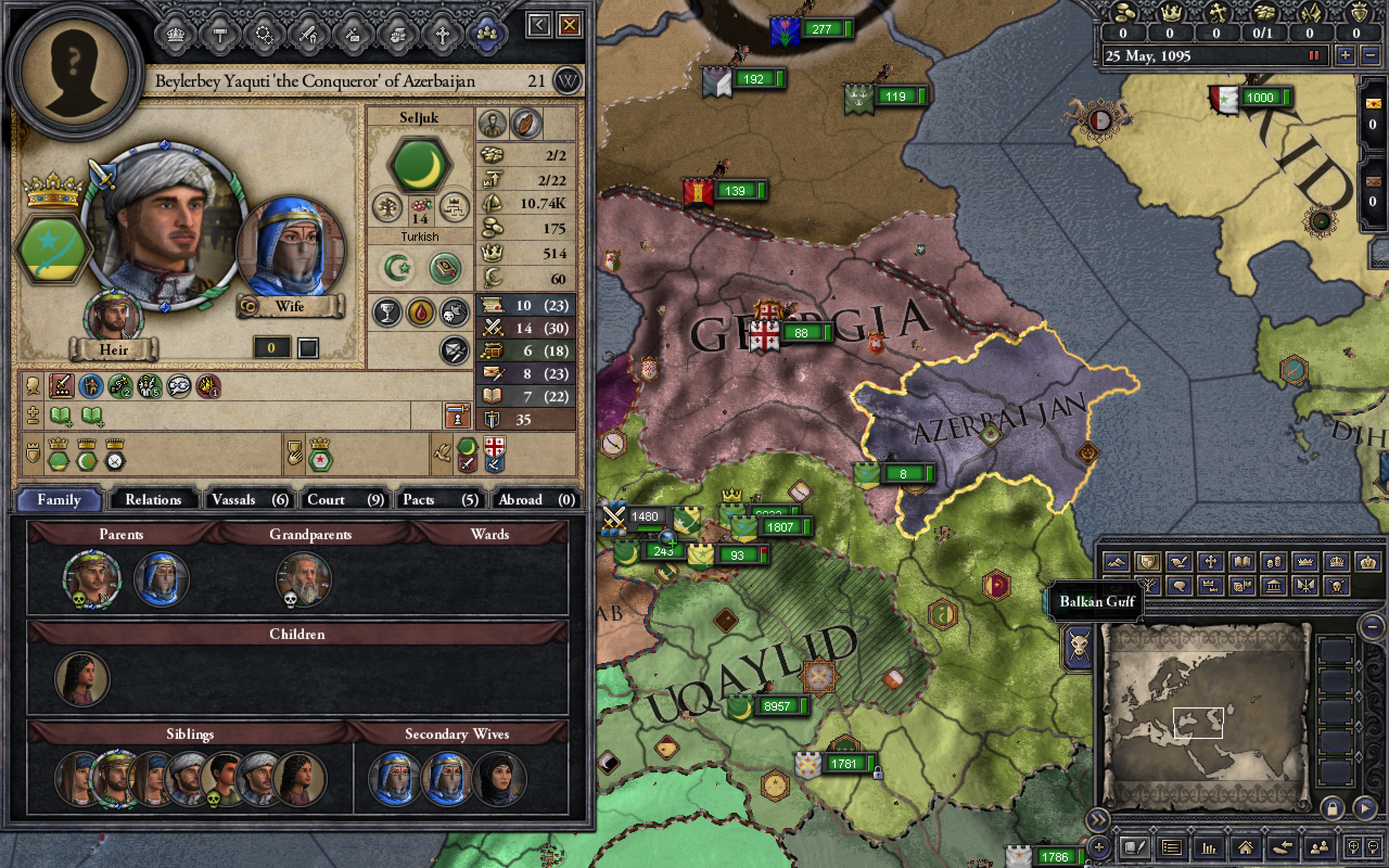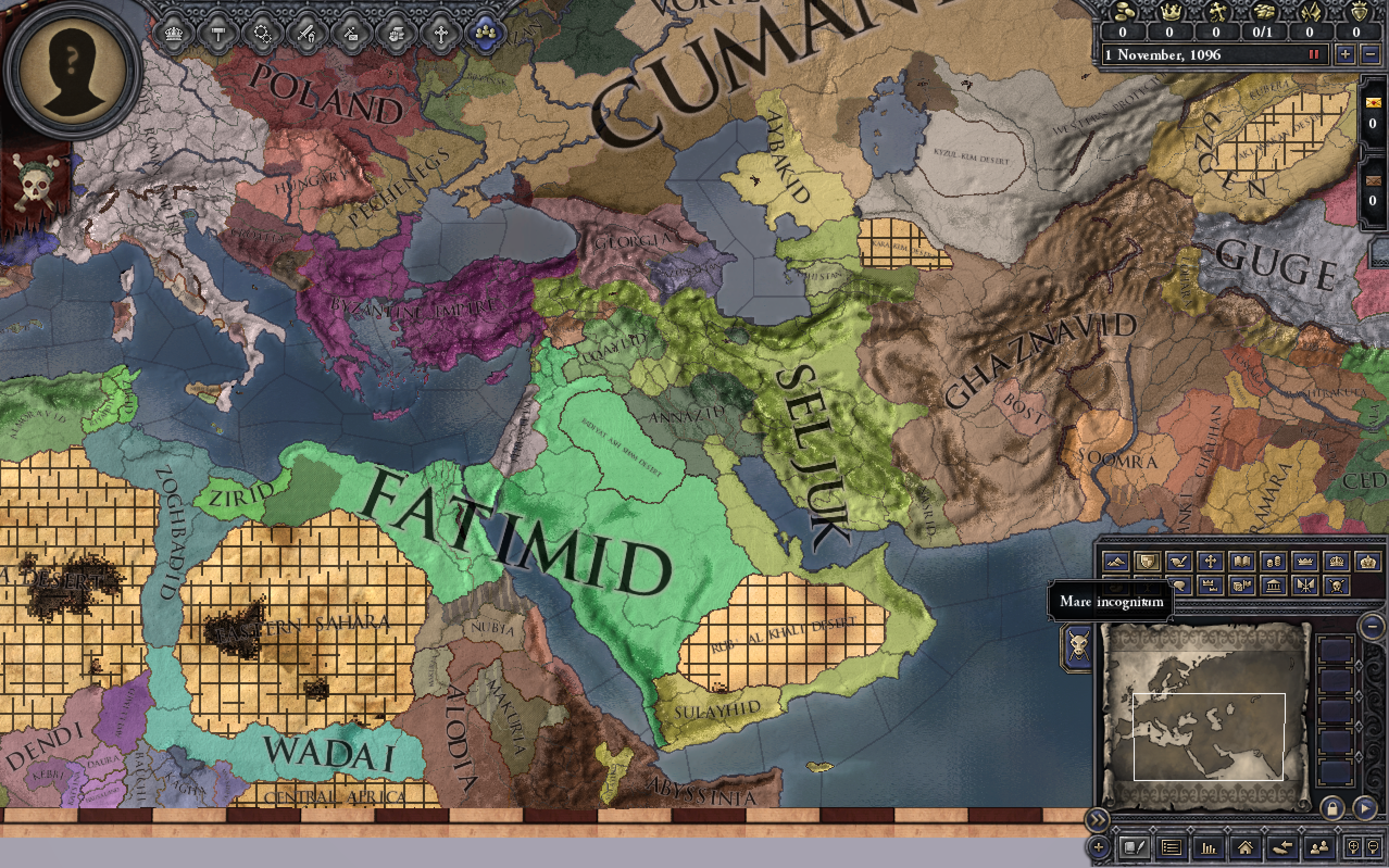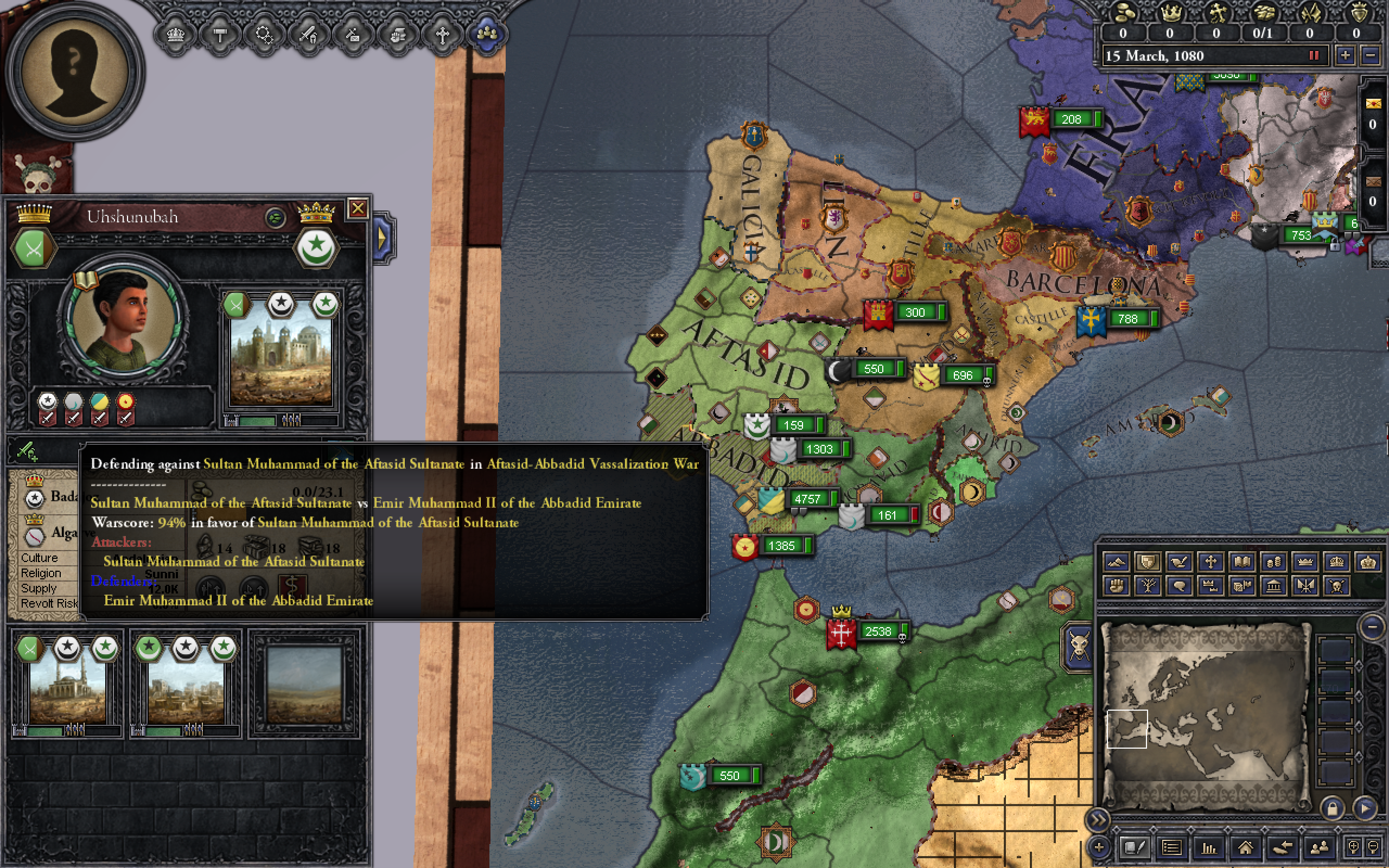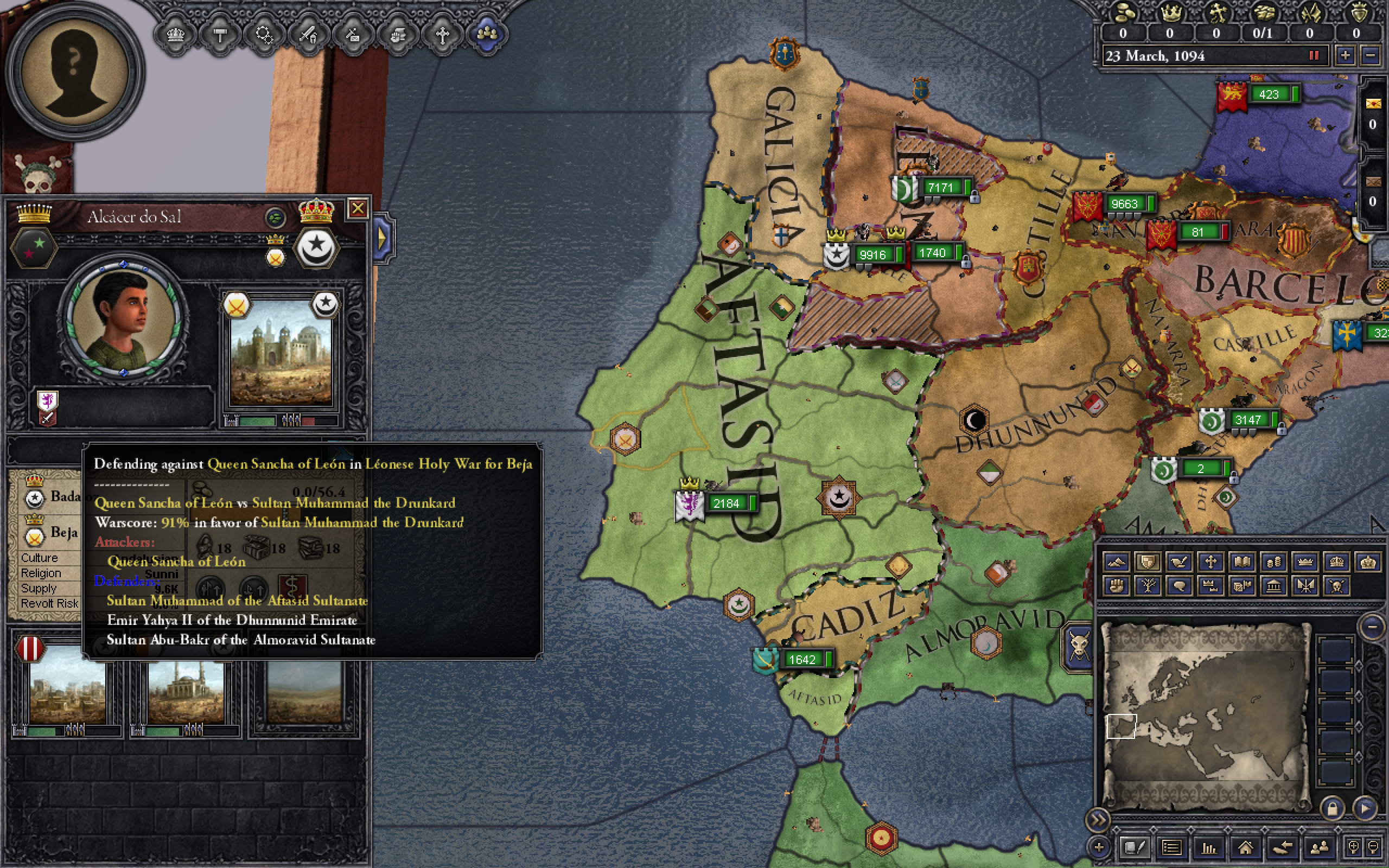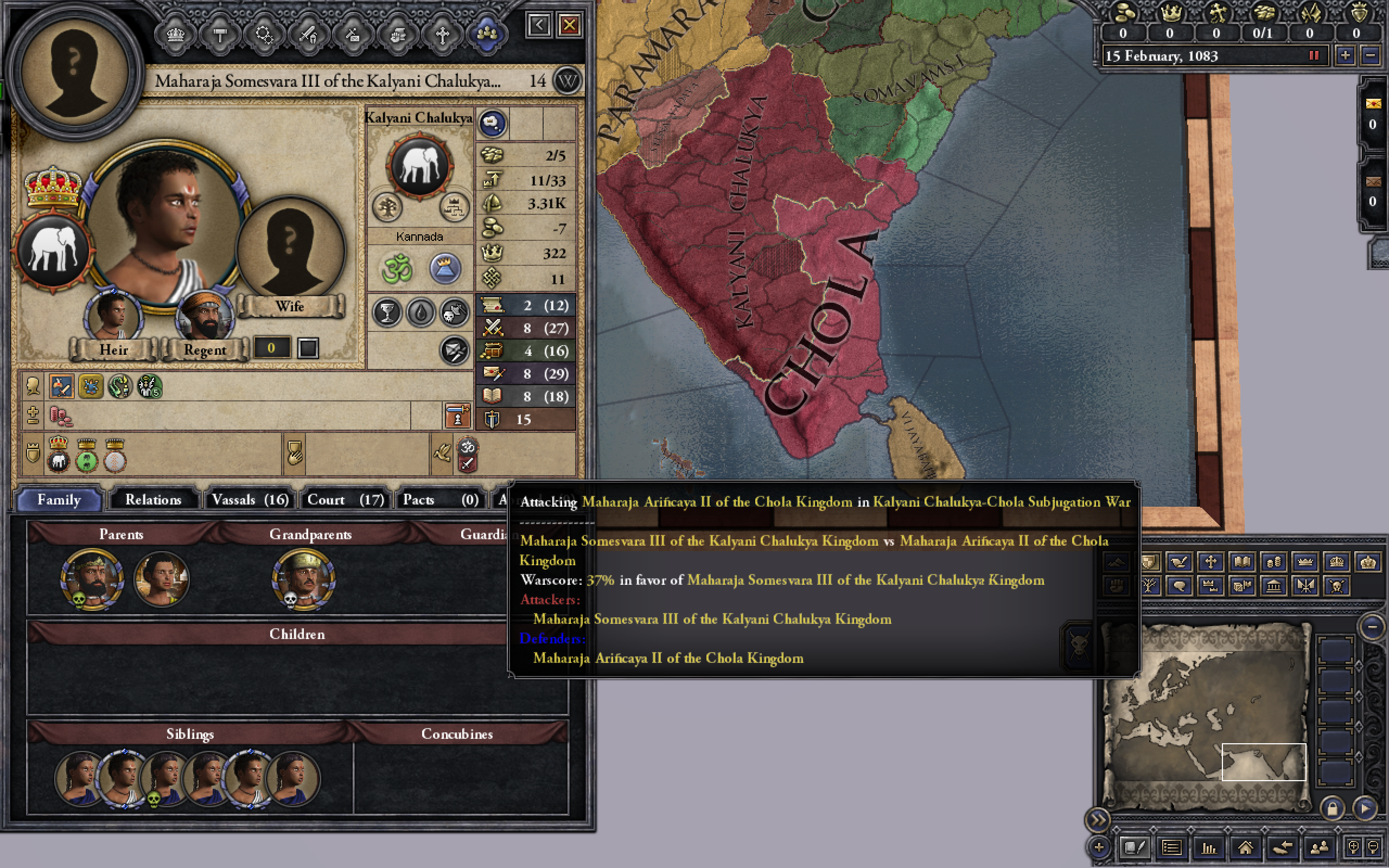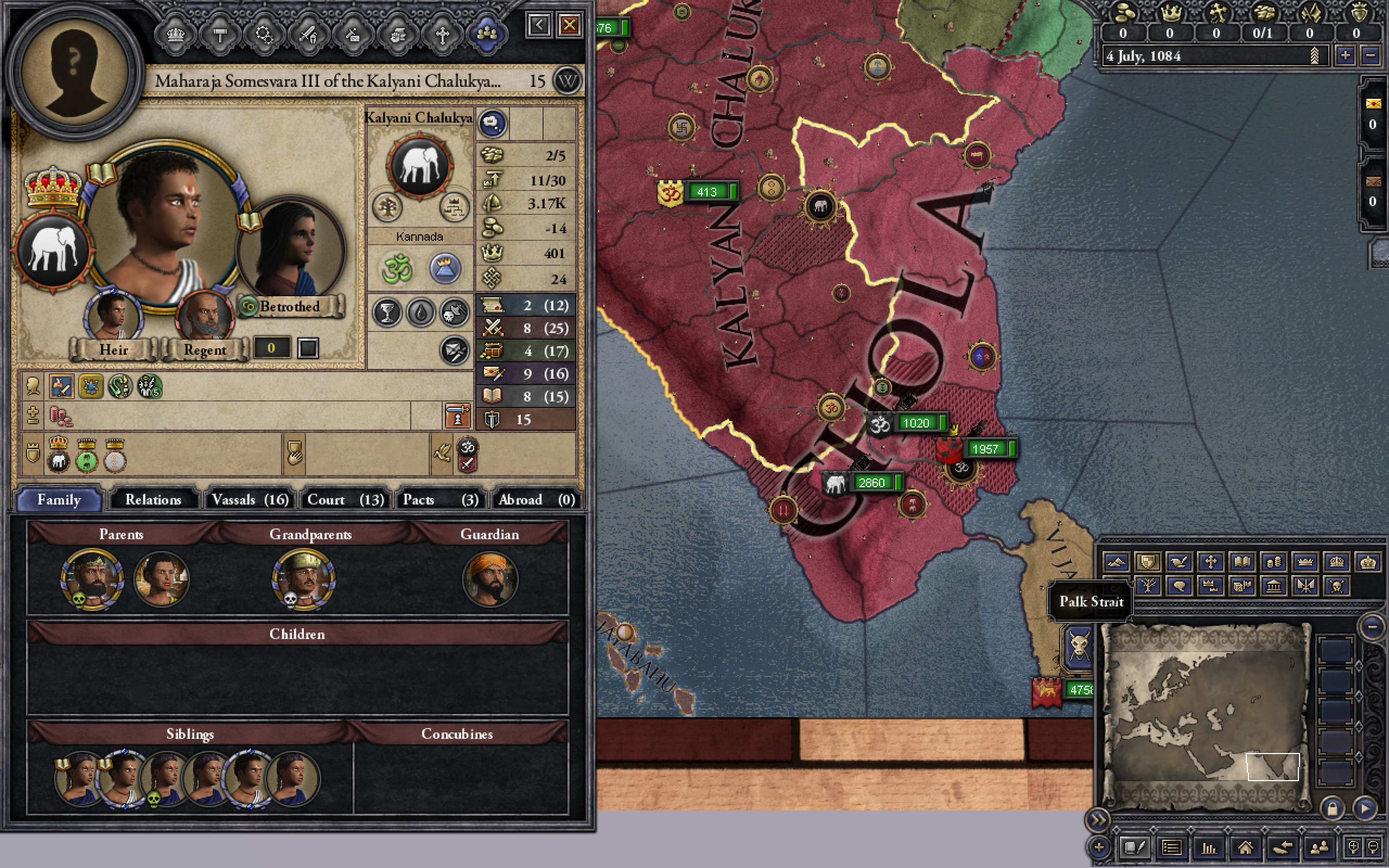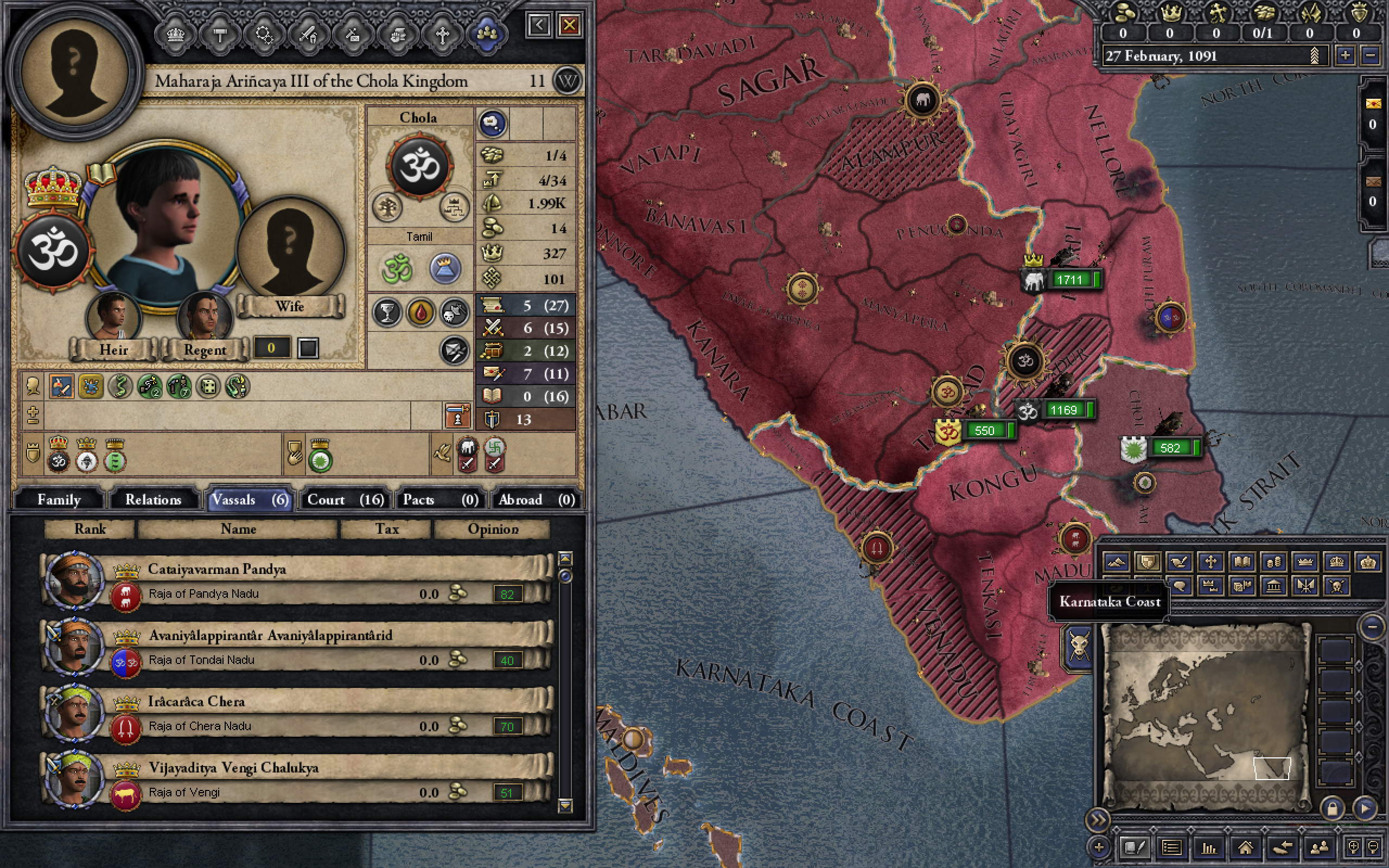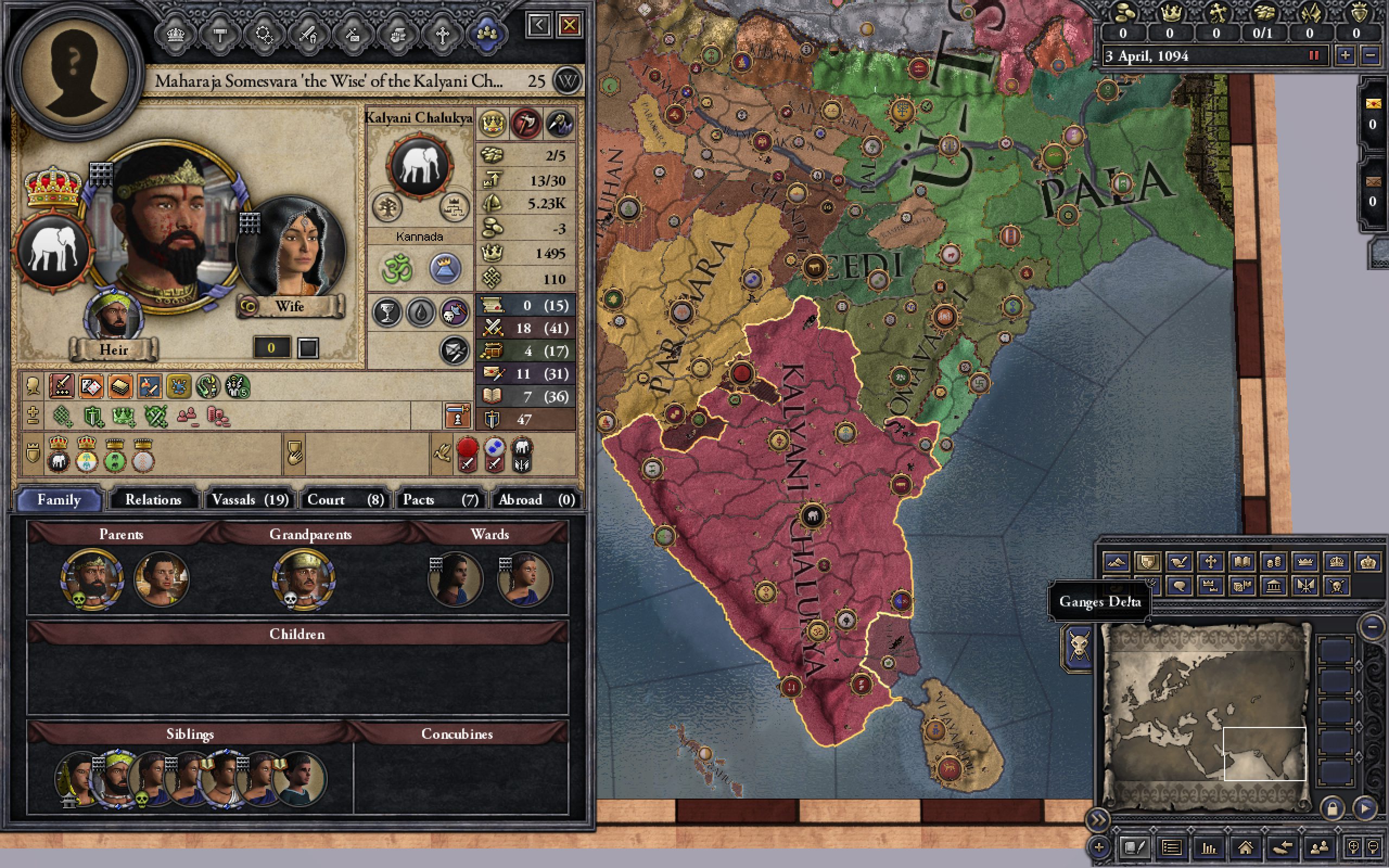Hey guys, here is a new instalment. My next instalment, whenever that will be, will have three mini chapters instead of one big one to describe two relatively significant events that weren't important enough to have their own chapter. Enjoy.
 MIDDLE EAST 1066-1096
The Middle East in the year 1066 was mostly a continuous three way war between its main powers, The Seljuks, The Fatimids and The Eastern Roman Empire. At this year there was already a war being waged between two of them. The Seljuks had invaded the Byzantines in hopes of acquiring Armenia for themselves. This war was rather short and straight forward, by 1069, most of Armenia was under Seljuk control and by the time the Byzantines managed to group together their army to form a counter attack, it was too late. The Seljuks easily outnumbered them and beat them decisively in just one battle, forcing the Greek Romans to retreat from the land. The Seljuk Sultanate After the War.
MIDDLE EAST 1066-1096
The Middle East in the year 1066 was mostly a continuous three way war between its main powers, The Seljuks, The Fatimids and The Eastern Roman Empire. At this year there was already a war being waged between two of them. The Seljuks had invaded the Byzantines in hopes of acquiring Armenia for themselves. This war was rather short and straight forward, by 1069, most of Armenia was under Seljuk control and by the time the Byzantines managed to group together their army to form a counter attack, it was too late. The Seljuks easily outnumbered them and beat them decisively in just one battle, forcing the Greek Romans to retreat from the land. The Seljuk Sultanate After the War.
This loss of land caused a huge stir in the Byzantine Empire with many beginning to lose their trust in the Doukas dynasty as rulers and looking for ways to dethrone them. This hate of the Doukas family grew to such a point that the Basileus himself had managed too contract the nickname, 'The Evil'. Very soon a potential new ruler presented himself. A member of the Komnenos family by the name of Alexios declared that he would be a better ruler than the current Basileus being a brave, charitable widely respected man, his claims garnered a lot of support, up to the point where he started his own rebellion to take the throne by force.
Alexios 'The Young'
However it seemed that his bravery did not match his fortune, for his opportunistic brother, known negatively for his cruelty and arbitrariness took his opportunity and cemented his own claim on the throne. After Alexios had done all the hard work destroying the Basileus's armies, Manuel marched into Constantinople and announced himself the new Basileus of the Eastern Roman Empire.
Basileus Manuel
With his armies centralised and Alexios's spread far apart, he took out both of Alexios's armies in fast decisive battles winning the civil war, and imprisoned Alexios. This caused a massive uproar in the Empire that resulted in yet another revolt, this time to get the Doukas family back into power. Almost the entire nation rallied behind this revolt and after the descivice battle of Thessalia where the rebels decimated the Roman troops they installed their claimant, Basilissa Zoe II, as the new ruler of the Byzantine empire.
Battle Of Thessalia
Basilissa Zoe II
-----------------------------------------------------------------------------------------------------------------------------------------------------------------------------------------------------------------------
Meanwhile the Seljuk Sultanate was in pieces. After the well respected and loved Arp Arslan died of poor health, his heir took the throne. The problem was that this heir was hated and widely regarded as decadent and lustful. His unpopularity grew to such a point that for some vassals, installing a new king wasn't enough, they started a full on independence movement.
Murtaza, The Leader Of The Revolt
The independence movement, with highly superior numbers compared to the Seljuks beat them at multiple battles and even slaughtered the Sultan. The new successor to the Seljuk throne was just as hated if not more. He was seen as a tyrant and was known for his arbitrary cruelty. The moment he took the throne he tried to claim the land of his vassals. This backfired immensely and caused almost the whole nation to rise up against him and to reduce his powers. Due to this he was forced to accept the independence of the emirs and put all his resources into fighting the revolt to dethrone him.
Sultan Toghan Shah
Somehow, he managed to overpower the much larger revolt and defeat it after a few easy battles. He had kept his throne but at the end of the war his country was in pieces. His army had become so weak that he was no longer feared. The Georgians from the north had attacked and were in the process of conquering Tabriz whilst the Byzantines, under the rule of the newly crowned Basilissa Zoe II were attempting to reconquer Armenia.
Sultan Toghan Shah's Problem.
However, Toghan Shah was not one to give up and on his way to fight these forces, he found himself getting a surprising amount of support from the locals against who they viewed as infidels. By the time his army had reached Georgia, his men numbered more than 16,000. The Georgians were easily defeated in a battle on the skirts of Tabriz and they were sent scurrying back to Georgia in an attempt to regroup.
The Battle of Tabriz
The Georgian regrouping never happened as before they could the Sultan's troops gave chase and defeated them in yet another decisive battle forcing them to give up their entire war.
The Sultan then turned his eyes onto the Byzantines, who by this time had almost entirely conquered Armenia. His troops soon reached Armenia where they liberated it from Roman occupation and then turned towards the Roman army. When they finally caught the retreating men on the Anatolian coast they were nearly half the size that they started with when they attacked Armenia, and were easily outnumbered by the Seljuk troops. This battle went so badly for the Byzantines that it is regarded as a massacre due to the sheer amount of Byzantine deaths that occurred during it.
The Massacre of Chaldea.
This one battle forced the Basilissa to give up on her attempt to reconquer Armenia. Sultan Toghan Shah, now widely respected by his people, turned his eyes west on the newly independent states. However when the numerically superior Seljuk troops arrived and started occupying the eastern lands of the Uqayid Emirate, the other emirs came to its rescue along with, perhaps more importantly, a man who had recently conquered Azerbaijan. A Seljuk himself, this man could claim to have an army of over 10000 men following his rule, a massive challenge for the Persian Sultanate.
Beyberley Yaquti 'The Conqueror'
With the support of their new ally, the western Emirs started pushing back Sultan Tohgan Shah's armies. Seeing an easy land grab in front of him, the Caliph of the Fatimids, who until now had remained relatively silent, invaded the Persians to take Syria for himself and for the Shia branch of Islam.
Caliph Zaia of the Shia Caliphate
For the Caliph, this war proved to be almost too easy and within just 2 years he had conquered Syria for himself. Meanwhile the Emirs were pushing back Toghan all the way back into Persia. This stress proved too much for the ailing Sultan who promptly died leaving a 13 year old child to rule the country. His regent quickly conceded to the two enemies of the Persians, strengthening the Shia grasp on the Middle East and firmly propelling the Fatimids to become the strongest of the three powers.
The Middle East in the year 1096
And yes, the Crusade is one of these mini chapters coming up in the next installment.

